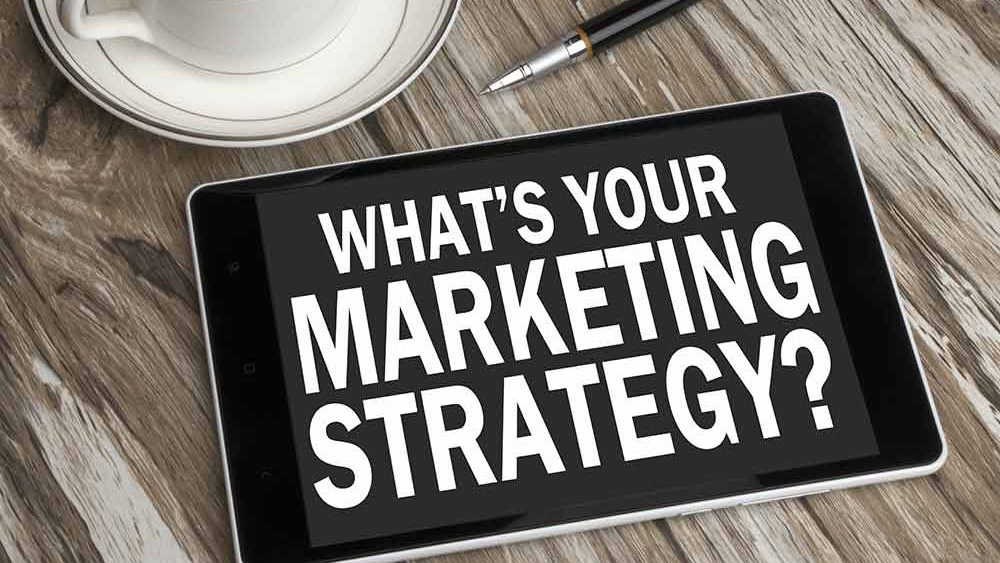If you’re here reading about marketing, you’re already ahead of a lot of your competition – congratulations. Online marketing is already entrenched as a major channel for getting business in many industries, but not as much in construction and trades, so the competition is not as fierce as other industries. As time goes on, the need to be well represented online will no longer be optional.
How many people use the Internet to find products and services?
What we know is that 25% of people RESEARCH online and 49% EVALUATE their choices online. Research helps them find you and your competition; evaluation pits you against each other. Research and evaluation are technical terms in marketing that describe the first two phases of what is called the buying cycle. The final phase is called purchase and that is likely going to happen over the phone or in person for you.
Summary: People use the Internet to find and evaluate you -lots of people.
What’s involved in marketing for Construction and Trades?
There are two general types of marketing today, inbound and outbound. Generally inbound marketing strategies are cheaper to implement, it is easier to measure their success, and they build long-term assets for your website.
What is Inbound Marketing?
Inbound marketing also sometimes called “permission marketing” is a non-invasive way of sharing information with people who want the information. It tries to do three things.
- get interested people to go to your website (Build Traffic)
- get those people to give you their contact details through your website (Become a Lead)
- and it implements strategies to get those people to buy your services (Convert to a Sale)
Let’s call this TLC –Traffic, Leads and Conversions.
A very important thing to note about inbound marketing is that all inbound activities work over time to build a momentum behind your site that lasts forever – so it is a long-term investment. It also takes time – you won’t see results overnight.
To build traffic, we use certain tools and techniques that include:
- Search Engine Optimization (SEO) Strategies
- Blogging Strategies
- Social Media Strategies
To get that traffic to become leads we use:
- Forms
- Landing pages
- Content Offers (free quote, free consultation, free inspection, checklists, case studies, brochures, instructional videos, etc)
To become a lead we offer something of value to our potential client and in exchange we ask for their name and email address and the right to send them emails.
To convert those new leads into sales we use:
- Automated Email Sequences
- Phone calls
- Regular email
What is Outbound Marketing?
Outbound marketing is also called “interruption marketing” and focuses on getting consumers’ attention regardless of what they are doing. Often they may be doing something totally unrelated to looking for the kinds of services you offer. These activities may include:
Magazine, Newsletter, Newspaper Ads
Local advertising may also connect you with potential customers. Keep in mind the more closely related the source is to what you do, the higher chance of you getting leads from it.
Sponsorships
Sponsorships are a great way of raising your profile in a desirable neighborhood or community and it double-times by giving back to a cause. If you are trying to break into a certain community, consider supporting it.
Trade Shows
What better way to meet people interested in home services than through a home-show, right? This takes some research. Smaller trades may have success here if they have products they can show and the tradeshow itself will draw in enough customers. Do your research and evaluate the costs vs. payoffs.
Letter Writing / Cold Emailing
Often sub-trades get work through contractors. Sending letters and emails asking for the opportunity to bid is a very targeted way to try and get more business. It is also easy to measure the effectiveness of the technique.
Pay Per Click Advertising
This refers to buying advertisements online such as the Google ads you see in Google search results at the top and bottom of the page. In simple terms, the cost is paid based on the number of clicks your ad gets hence the name Pay-Per-Click. (Some people argue that PPC is actually an inbound activity but we believe it is more outbound and so do others.)
Outbound marketing has an array of activities that often require a pretty intense outlay of money. A drawback of outbound marketing is that it is often difficult to tell if your money resulted in any actual business and usually they are short-term solutions.
Summary
A good marketing strategy involves a “marketing mix”. No matter what your strategy however, all potential customers will evaluate you on your professionalism, credibility and past experience. This is where your website comes in handy. If you know what people need to see to choose you – then you need to make sure your website delivers that information. Not only does it need to relay the information, it needs to describe what you are like as a company –what your brand is. This is where you develop your ‘edge’ against the competition. By knowing your values as a company and expressing them clearly, you can persuade people that you are the right team for the job.
Next time we’ll be looking at how to find your customer and set up your brand to speak to them, as this is the basis of getting started with both inbound and outbound marketing.
– Article by Andrea Butterworth
Andrea Butterworth is the owner of Dyggz Marketing; a company focused specifically on websites and marketing for construction (AEC) and trades. With over a decade in corporate leadership roles in web publishing and marketing, Andrea started her own company helping businesses big and small develop and implement successful online strategies. After working with varied companies in the construction industry she decided to support this segment explicitly and constantly work to deepen her understanding of the most effective ways to market them.



Comments are closed.